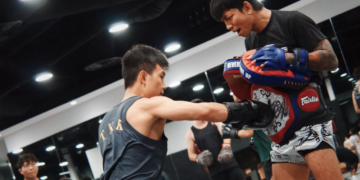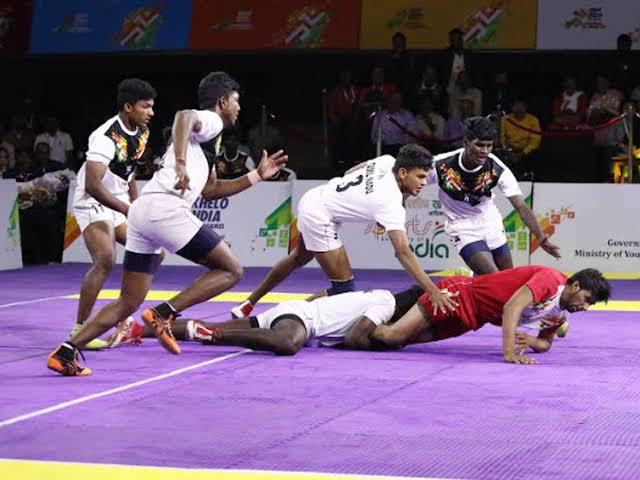Summary
Martial arts training is not only about building strength or preparing for competition. It is also a journey toward inner calm. Through movement, controlled breathing, and focus, martial arts help reduce stress, improve mindfulness, and bring clarity to the mind.
In a world where everything moves quickly, being calm can feel impossible. Many people turn to meditation, exercise, or wellness retreats to clear their minds, but few realize that martial arts offer a similar sense of peace through motion.
Beyond physical strength, martial arts teach focus, patience, and control. Each technique requires attention to breathing, timing, and awareness, the same qualities that anchor calmness in the mind. Through consistent practice, students discover that martial arts are not only about fighting external battles but also about finding peace within themselves.
The Connection Between Movement And Mindfulness
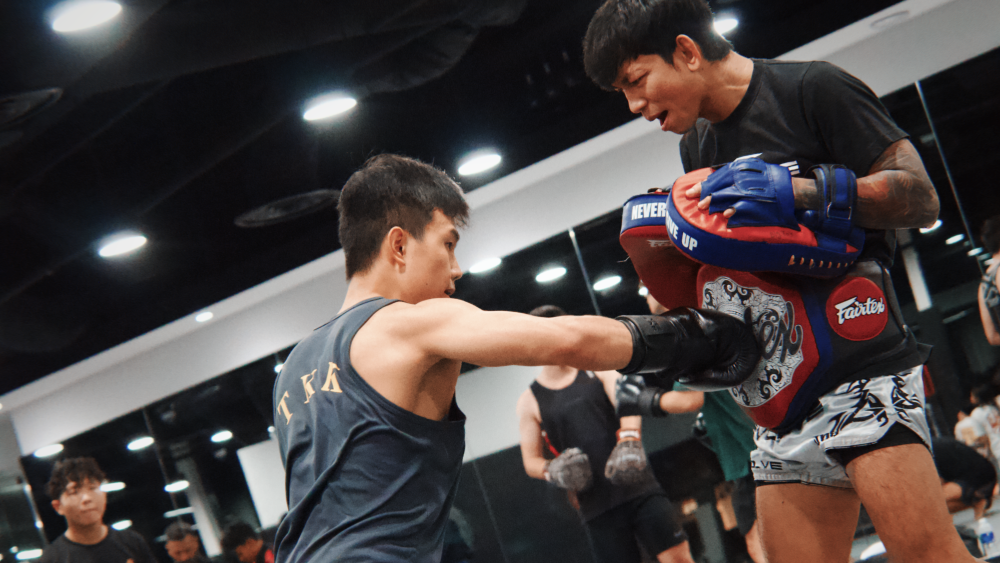
Martial arts cultivate mindfulness by connecting body and mind, teaching focus, calmness, and presence that carry into everyday life.
Martial arts connect the body and mind in a way few other activities can. Every punch, kick, or defensive move demands presence and intention. When you train, distractions fade away because your full attention rests on the rhythm of movement.
This level of focus is what mindfulness truly means. Instead of letting thoughts wander, practitioners stay grounded in the present moment. Over time, this habit extends beyond the gym. Daily worries become easier to manage, and stressful moments feel less overwhelming.
In many traditional styles, such as Muay Thai or Brazilian Jiu-Jitsu, calmness under pressure is vital. Whether sparring or drilling, staying relaxed allows better reactions, sharper thinking, and smarter decisions, all of which mirror how calmness helps in life outside training.
Stress Relief Through Controlled Breathing
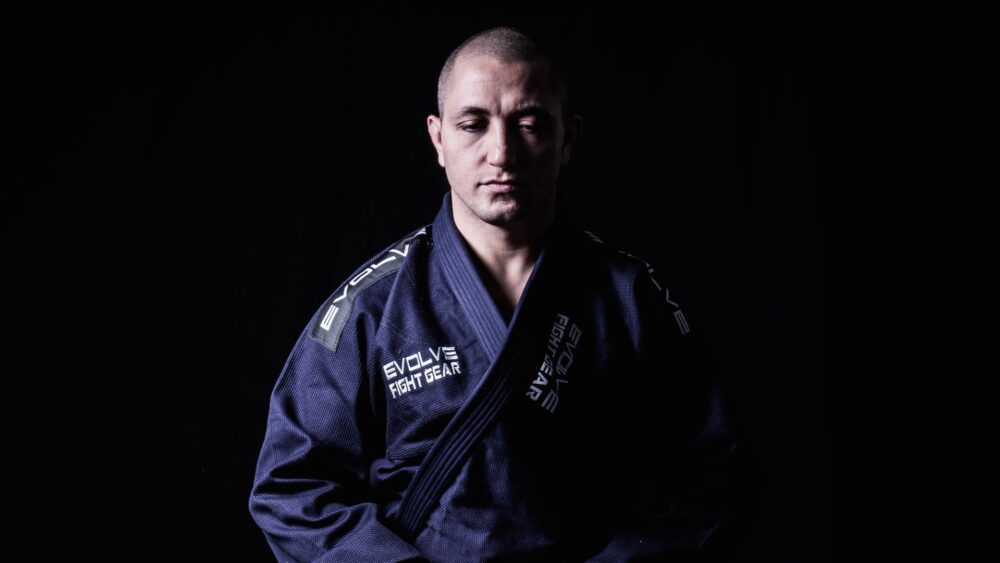
Martial arts use controlled breathing as active meditation, helping practitioners stay calm under pressure, release tension, and find mental clarity.
Breathing is the bridge between motion and calm. In martial arts, proper breathing helps regulate energy and maintain composure. During high-intensity drills, fighters learn to breathe steadily, even when under pressure.
This same control applies when facing stress in everyday life. Deep, rhythmic breathing lowers the heart rate and reduces anxiety. Many students find that after a class, they feel mentally lighter and more centered. The physical exertion clears built-up tension, and the breathing rhythm restores clarity.
By focusing on each inhale and exhale during training, martial artists naturally adopt a form of active meditation, one that strengthens both body and mind.
Calmness Through Discipline And Routine
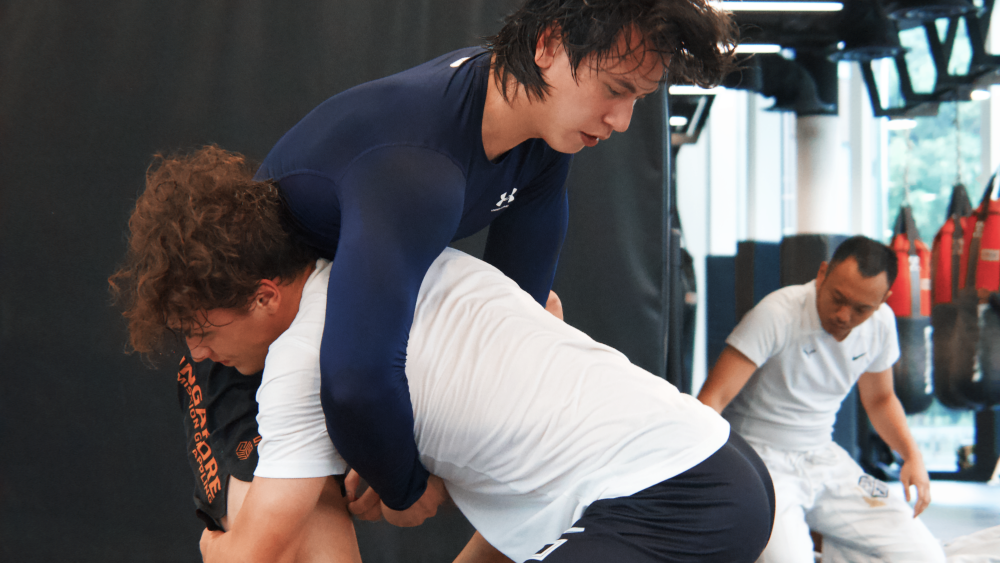
Martial arts bring calm through structure, discipline, and steady progress, teaching patience and self-control while turning training into a grounding, peaceful practice.
Calmness often comes from structure. Martial arts provide exactly that through consistent training schedules, clear goals, and disciplined practice. Showing up regularly teaches responsibility and self-control, two key ingredients in emotional balance.
Students also learn that growth takes time. Instead of chasing instant results, martial arts encourage steady improvement. This mindset helps calm the impatience and frustration that often come with modern life.
The repetitive nature of drills and forms becomes meditative over time. Each movement becomes familiar, comforting, and grounding, turning the gym into a peaceful space where stress fades away.
Building Emotional Control
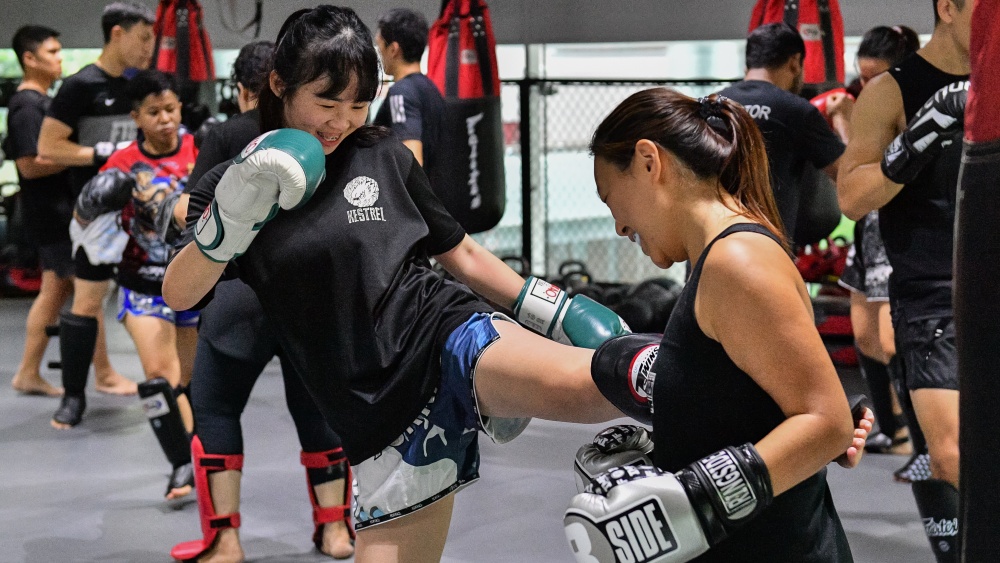
Martial arts teach emotional control by helping students stay calm under pressure, turning challenges into opportunities to respond with confidence and composure.
One of the greatest lessons martial arts teach is emotional regulation. Training puts students in situations that mimic real stress: sparring, fatigue, or losing balance. The difference is that these moments happen in a safe and controlled environment.
Through practice, both kids and adults learn how to stay composed under pressure. They learn to respond rather than react. This skill translates directly into daily life, whether it’s handling difficult conversations, managing work pressure, or dealing with setbacks calmly instead of emotionally.
True calm is not about avoiding challenges. It is about learning to move through them with confidence, and martial arts provide that training every day.
The Role Of Community And Support
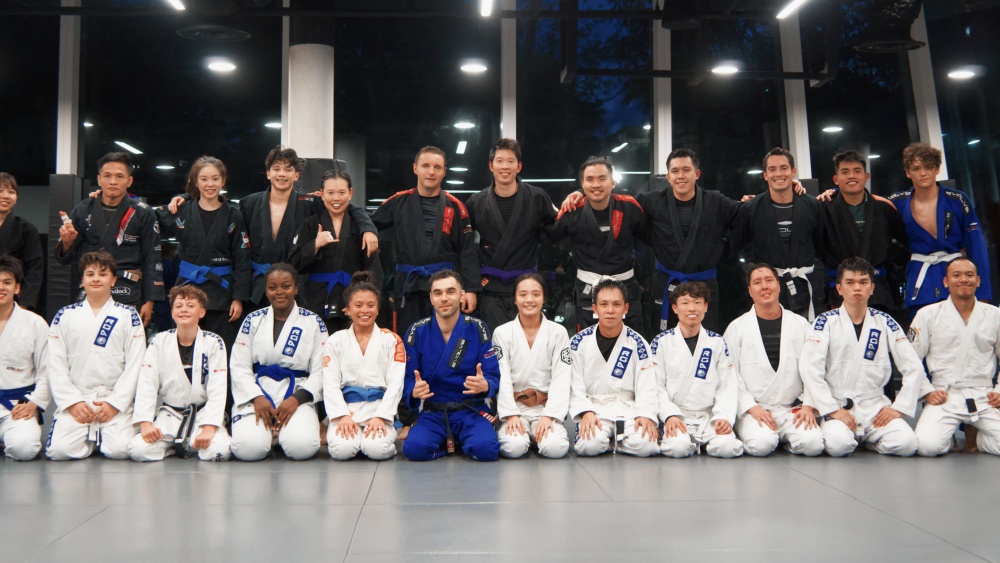
Martial arts foster calm through community, where respect, support, and shared discipline create belonging and relieve daily stress.
Calmness does not grow in isolation. Martial arts gyms are often built around strong communities where respect and encouragement are part of the culture. Training alongside supportive peers and coaches creates an environment where students can decompress, connect, and recharge.
This sense of belonging is deeply calming. It reminds students that they are part of something greater than themselves. The shared discipline and energy in a martial arts class often have everyone feeling more grounded and motivated—a powerful antidote to the stress of daily routines.
FAQs About Martial Arts
Q: Can Martial Arts Really Help Reduce Stress?
A: Yes. Martial arts combine physical exercise, controlled breathing, and mindfulness, which naturally reduce stress and promote mental calmness.
Q: Which Martial Art Is Best For Relaxation?
A: Any form of martial arts can promote calm. Some modern disciplines like Brazilian Jiu-Jitsu, Muay Thai, and even traditional styles like boxing work well for beginners.
Q: How Often Should I Train To Feel Calmer?
A: Even two to three sessions a week can make a noticeable difference in mood and focus. Consistency is more important than duration.
Q: Do I Need To Be Fit To Start Martial Arts For Stress Relief?
A: Not at all. Martial arts are adaptable to all fitness levels. Beginners can start slow and progress at their own pace while still enjoying the calming benefits.
Q: Can Kids Benefit From Martial Arts For Calmness Too?
A: Absolutely. Martial arts teach children discipline, focus, and patience, helping them handle emotions and challenges with confidence.
Finding Your Calm In Martial Arts
Finding calm in today’s world requires more than slowing down; it requires learning intentional control, balance, and focus. Martial arts deliver all of these through disciplined movement, mindful breathing, and emotional strength.
Each session becomes a reset button for the mind, clearing away distractions and stress. Over time, that same sense of calm follows practitioners beyond the gym, shaping how they think, act, and respond to life.
Whether you are looking to relieve stress, improve focus, or finding your calm through movement, our programs are designed for all experience levels. Join a trial class today and discover how martial arts can help you find peace, clarity, and balance in every part of your life!
Book your complimentary trial class with our World Champions below!
If you have any other questions regarding Evolve MMA and the programs we offer, you can get in touch with our membership executives at the following locations:
Evolve MMA (CBD)
18 Cross St
#B1-08
Singapore 048423
Phone: (65) 6536 4525
Evolve MMA (Orchard Central)
181 Orchard Road
#06-01 Orchard Central
Singapore 238896
Phone: Evolve MMA (KINEX)
11 Tanjong Katong Road
#02-52 KINEX
Singapore 437157
Phone: Evolve MMA (Star Vista)
1 Vista Exchange Green
#02-26A The Star Vista
Singapore 138617
Phone: (65) 6539 9590
Teamwork can make the difference between success and struggle in the workplace. Many companies turn to team-building workshops, leadership retreats, and communication courses to strengthen collaboration. But one powerful and often overlooked way to develop…
Singapore is known worldwide for its fast-paced life. Long work hours, competitive education, and the constant drive for success have given rise to what many call “hustle culture.” While this culture often pushes people to…
A holiday doesn’t have to mean hitting pause on your martial arts journey. For practitioners of Brazilian Jiu-Jitsu (BJJ) and Muay Thai, training is more than just exercise; it’s a lifestyle. And the beauty of…
Most people start martial arts for the physical benefits, to get fitter, stronger, or learn how to defend themselves. But talk to anyone who has been training for months or years, and you’ll often hear…
Every few years, a new fitness trend captures attention. Whether it’s obstacle races, functional competitions like Hyrox, or the latest boutique workout, these programs bring excitement and variety. They can be fun, motivating, and effective…
Simple, portable, and brutally effective, the jump rope is a classic conditioning tool used by boxers, martial artists, and athletes across generations. It improves cardiovascular endurance, builds coordination, burns calories, and develops footwork in ways…
Summary The speed bag is one of the most iconic tools in boxing gyms, but it’s often misunderstood. More than just a flashy skill, it develops rhythm, timing, hand-eye coordination, and endurance, which are all…
Mark Kerr, nicknamed “The Smashing Machine,” was one of the most dominant forces in the early days of mixed martial arts. A decorated wrestler, submission grappler, and tournament champion, he helped shape the foundation of…
Low leg kicks are one of the most under-appreciated weapons in striking arts. They quietly erode an opponent’s mobility, set the pace, and often serve as fight finishers. In Muay Thai, kickboxing, and MMA, a…
In mixed martial arts (MMA), striking often gets the spotlight, but grappling quietly serves as one of the most important foundations of the sport. Fighters with strong grappling backgrounds control where the fight takes place,…
Every sport has its underdog stories, but in boxing, those moments feel especially powerful. One punch, one night, and one fighter’s belief in themselves can flip expectations upside down. In the modern era, from the…
Starting Brazilian Jiu-Jitsu is one of the most rewarding decisions you can make, but it all begins with picking the right gym. The place you choose will shape not just your technical progress, but also…









